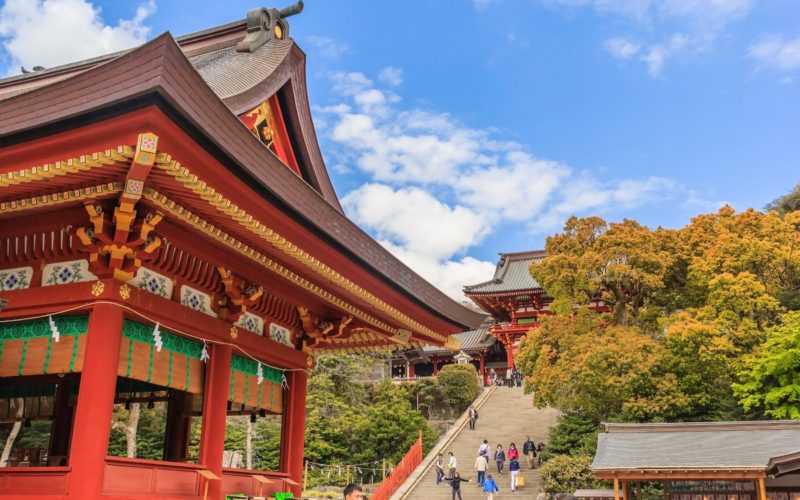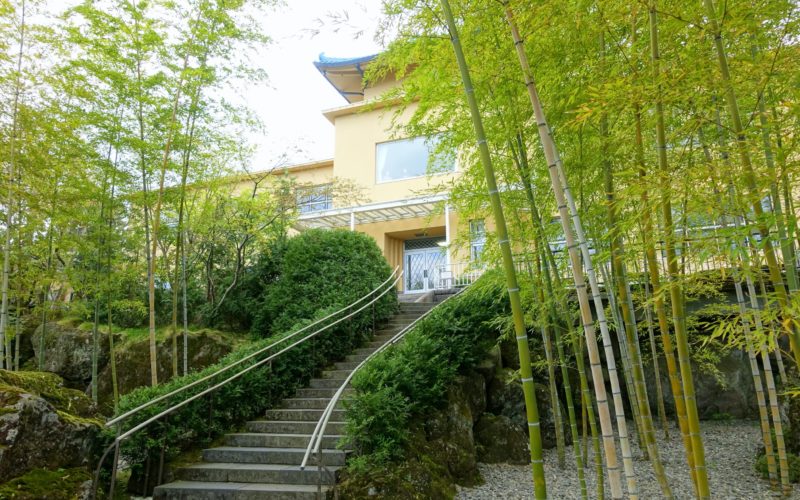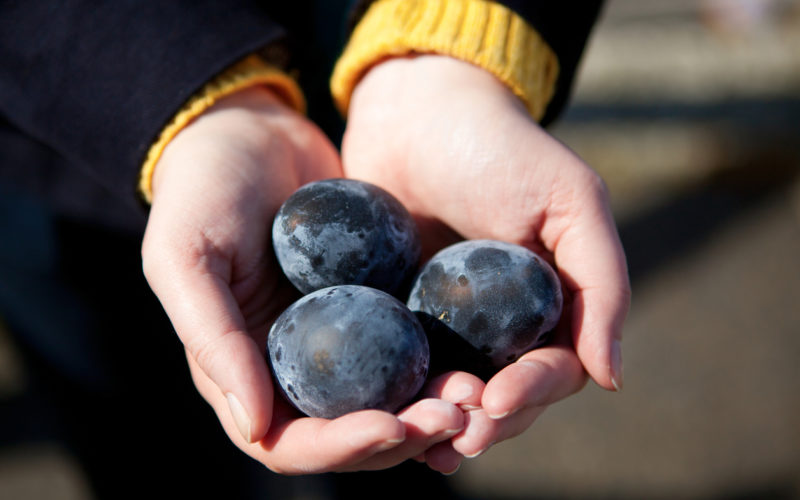Yokohama Chinatown
If you can deal without the Great Wall or the Terracotta Army, then you can get on with your life knowing that there’s a not-so-little slice of China just half an hour away from Tokyo.
- Catch the China Lion Dance in celebration of the Chinese New Year Feb. 5, 2019, from 2:30 p.m. to 8 p.m.
It’s hard to miss Yokohama’s Chinatown. Although when you’re walking from Motomachi-Chukagai, everything seems quite ordinary. Normal grey buildings and gleaming white konbinis (convenience stores) line the streets then suddenly color. Chinatown is a vivid concoction of red, blue and gold.
The air smells good enough to eat and the bubbly atmosphere is further animated by the cries of the street vendors.
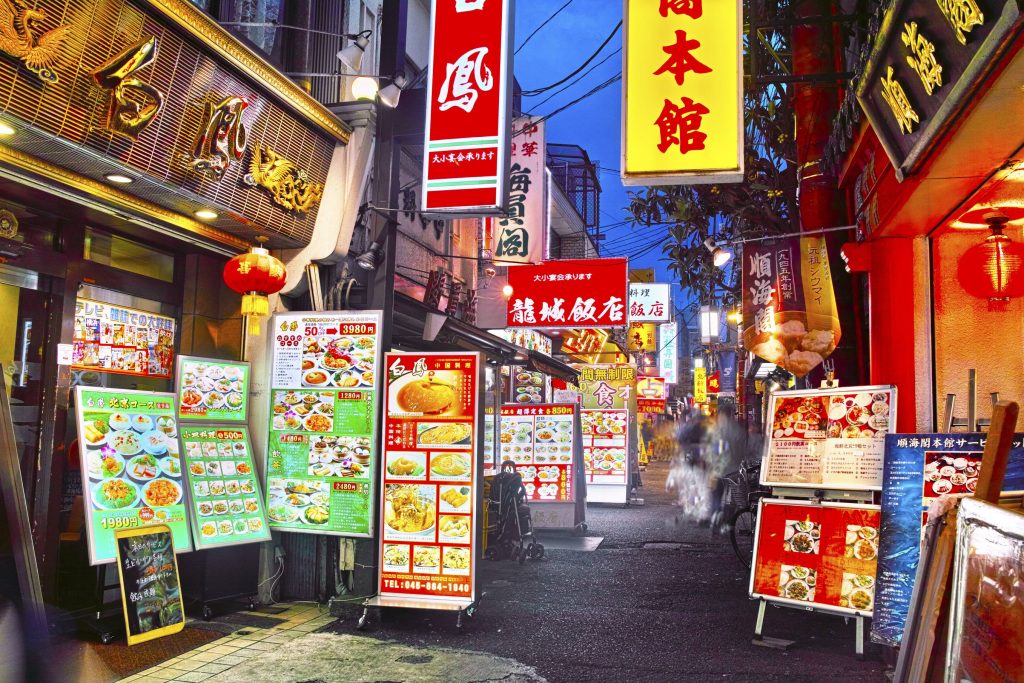
The only difficulty is choosing where to eat.
Of course, if you’ve followed your nose (or more accurately, your stomach) then you have one thing on your mind: food.
Yokohama Chinatown has an abundance of reasonably priced restaurants and street food. All-you-eat courses can be found from 1,500 – 4000 yen, usually with a 90 minute limit. That’s 90 minutes to stuff yourself with the some of the best Chinese food in the world. The street food is highly recommended, so if you’re not too pregnant from your main course, check out the shumai (pork dumplings), shouronbou (the Japanese term for xiaolongbao, steamed buns with soup inside) and fried sesame balls.
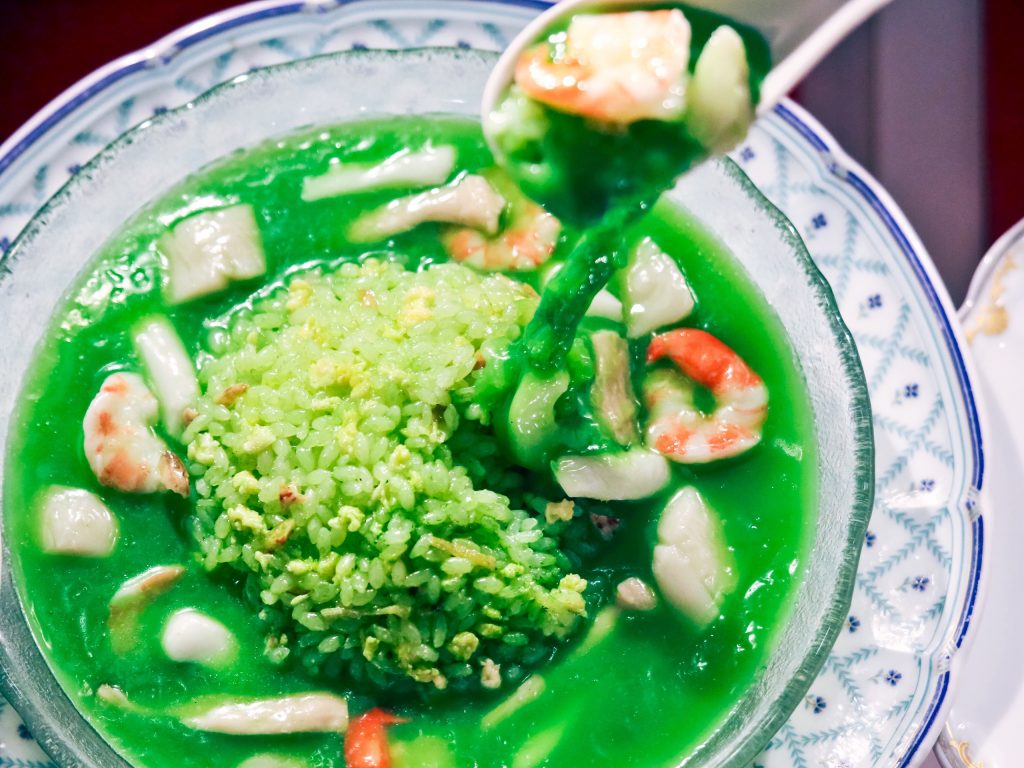
The food is just as colorful as the architecture.
There’s more to this wonderful place than just its cuisine. If you’re interested in traditional Chinese architecture then the town’s five large gates and two temples, Kanteibyo and Masobyo, are well worth visiting. Shops selling traditional clothing like the qipao, charms, lanterns, incense, medicine, spices and seasonings, jewelry and (most importantly) panda memorabilia are also easily found down one of the winding alleyways characteristic of the area.
Festivals such as the Lunar New Year (January/February), Lantern Festival (the month after New Year) and Mid-Autumn Festival (September) are truly a sight to behold. Huge crowds of revelers are treated to lion dances, firecrackers, martial arts and acrobatic performances as well as traditional Chinese music.
Topics: food and drink, Local, yokohama
